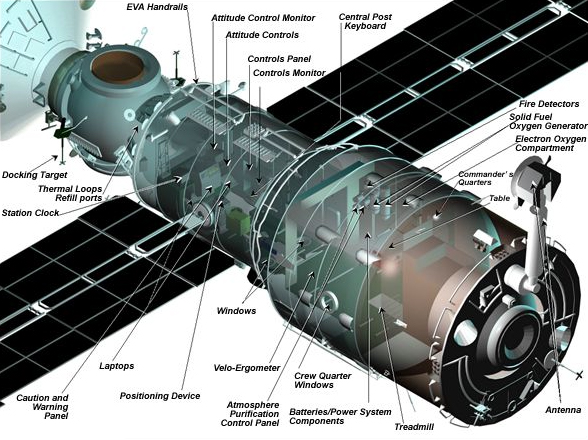Last month I posted my thoughts on the Deepwater Horizon oil spill and particularly my opinion that a brute-force method should be used to stop the leak. In response to my friend David’s comment, I sent the idea in for evaluation and the other day I received the boilerplate response:
> Dear Gray Rinehart,
> Thank you so much for taking the time to think about and submit your proposed solution regarding the Horizon incident. Your submission has been reviewed for its technical merits. Unfortunately, the team has determined that your idea cannot be applied under the very challenging and specific operating conditions we face. All of us on the Horizon Support Team appreciate your thoughts and efforts.
>
> Sincerely yours,
> Horizon Support Team
In the publishing world, this is known as a “form rejection,” with the only personalization being that the system grabbed my name from the electronic form and popped it into the letter. (I know this because I’ve received lots of form rejections for my stories, and have sent out my share as well.)
What amuses me is the phrase “cannot be applied.” I’m aware of “the very challenging and specific operating conditions,” since in 1993 I directed a search-and-salvage operation in the Pacific Ocean for pieces of a failed Titan-IV rocket; based on that experience, I still think my idea is feasible. But because it would render the undersea wellhead unusable forever, it is most certainly undesirable to the powers that be.
I could be wrong; it wouldn’t be the first time, nor the last. Nevertheless, I think the kid gloves should have come off a long time ago. By not making the situation better, the people in charge are definitely making it worse.



 by
by 












